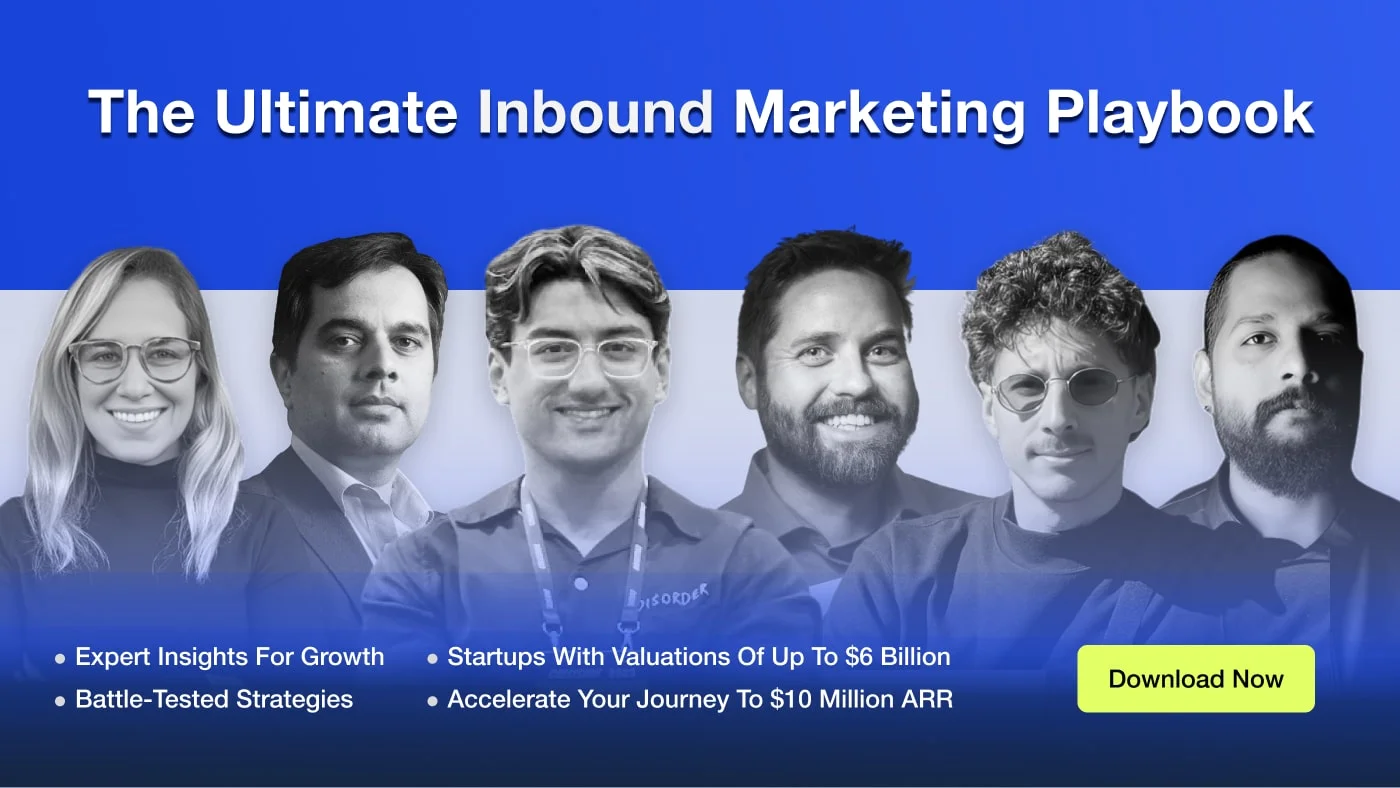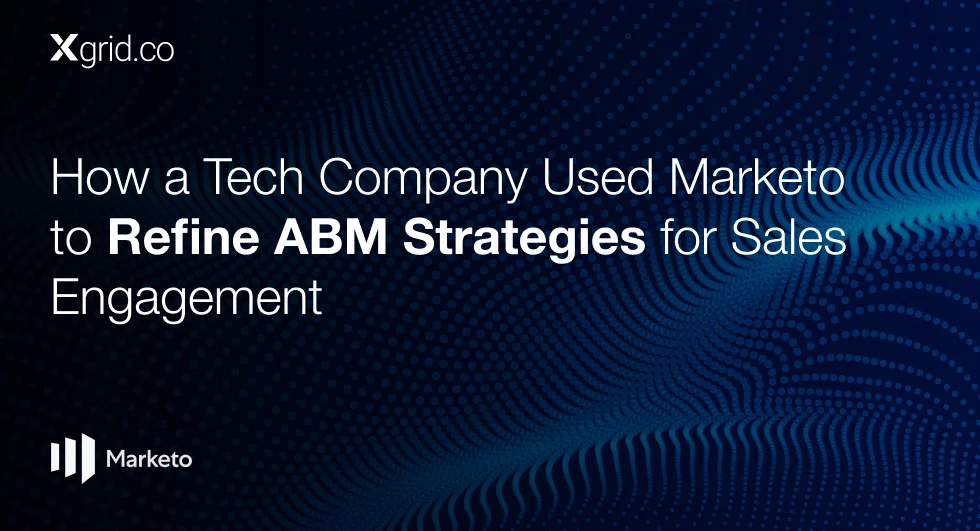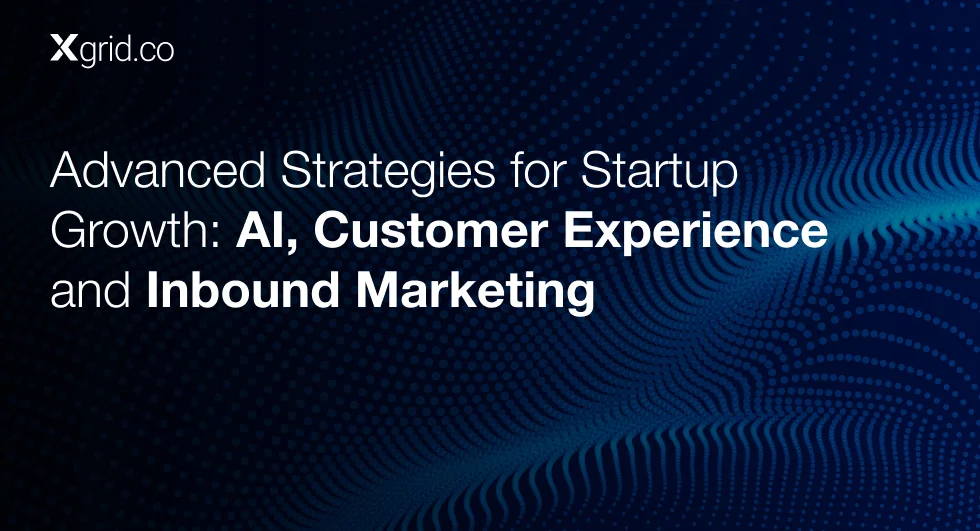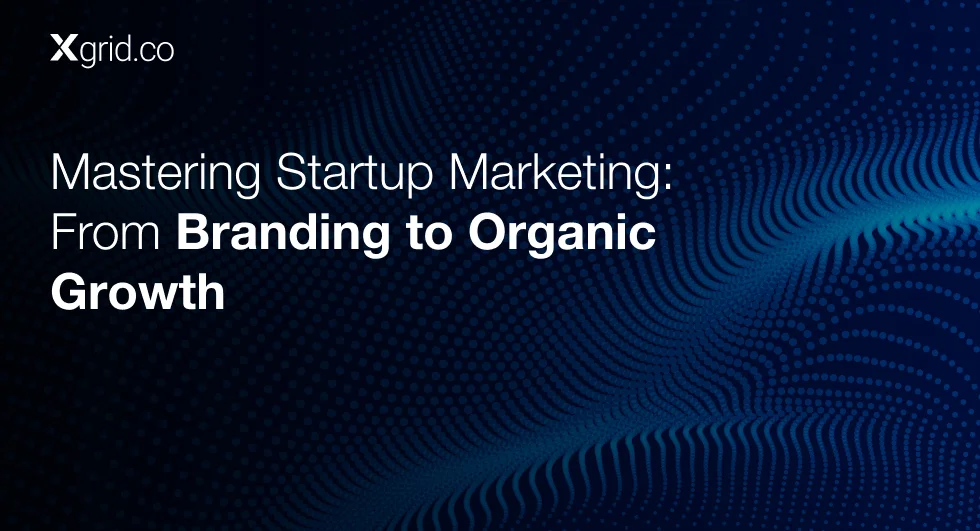Building a Long-Term Brand: ROI Beyond Quick Marketing Wins
As Melissa Rosenthal, former CCO at ClickUp, succinctly puts it, “There is no way you can IPO with a direct response strategy.”
Building a brand with long-term ROI means creating lasting connections with your audience—focusing not just on sales, but on experiences, trust, and loyalty. This article will explore why long-term brand building is essential and how it can result in significant ROI.
The Case for Long-Term Brand Building
Many startups focus heavily on direct-response marketing, which aims to generate immediate leads, sales, or sign-ups. While direct-response strategies are important, they are not enough to build a sustainable brand.
The problem with relying solely on these tactics is that they don’t create the emotional connection needed to retain customers and build loyalty.
Melissa Rosenthal explains, “To get awareness is really very important when you’re looking to build a multibillion-dollar IPO at some point.” A strong brand does more than generate sales—it creates lasting impressions that lead to repeat business, word-of-mouth referrals, and customer advocacy.
Key Components of Long-Term Brand Building
1. Emotional Resonance
At the core of every successful brand is emotional resonance. This means creating a brand that triggers the right emotions—trust, excitement, and a sense of belonging.
A brand that resonates emotionally with its audience has a much better chance of standing the test of time than one that only focuses on short-term gains.
As Rosenthal explains, “You want your brand to trigger the right emotions—whether that’s trust, excitement, or a sense of belonging—whenever your company’s name comes up.”
This emotional connection turns customers into loyal advocates who stay with the brand for the long haul.
- Actionable Tip: Create content and campaigns that tell stories, evoke emotions, and build trust. Focus on how your product improves lives, solves problems, or brings joy to your customers.
2. Consistency Across All Channels
A strong brand must be consistent across all touchpoints—whether it’s your website, social media, or customer service interactions.
Inconsistent branding dilutes the message and weakens the emotional connection you’re trying to build.
A consistent brand is more memorable and trustworthy, which translates to better long-term ROI.
- Actionable Tip: Develop a brand style guide that outlines your voice, messaging, and visual identity. Ensure that everyone in your company is aligned with this guide and applies it consistently across all marketing channels.
3. Invest in Brand Awareness
Investing in brand awareness is critical for companies aiming to scale. Even if it doesn’t result in immediate sales, brand awareness builds familiarity and trust.
Over time, this will result in higher engagement, better conversions, and more repeat customers.
As Rosenthal notes, “The ROI of brand awareness… if you want to build a legacy company, you have to do it.” While it may not yield quick results, investing in brand awareness is essential for long-term growth.
- Actionable Tip: Allocate a portion of your marketing budget to brand awareness campaigns that focus on storytelling, educational content, and industry leadership. Be patient with the results—they will compound over time.
Case Study: ClickUp’s Long-Term Branding Strategy
ClickUp is a prime example of a company that has successfully built a long-term brand. From day one, they focused on creating a strong emotional connection with their audience by addressing their pain points in a relatable and creative way.
Through humorous content, personal storytelling, and educational resources, ClickUp built a brand that resonated with its audience.
This focus on long-term brand building helped ClickUp establish itself as a leader in the project management space, driving awareness, loyalty, and ultimately, significant growth.
- Results: By investing in brand awareness and emotional resonance, ClickUp positioned itself as a go-to solution for teams and enterprises, leading to increased market share and long-term customer loyalty.
Measuring the ROI of Long-Term Brand Building
Unlike direct-response campaigns, the ROI of brand building is not always immediate. However, it is measurable over time through several key metrics:
- Customer Lifetime Value (CLV): A strong brand increases CLV because customers are more likely to stay loyal, make repeat purchases, and refer others.
- Organic Growth: Brand building often leads to organic growth through word-of-mouth marketing, referrals, and organic search traffic.
- Customer Retention: A brand that resonates emotionally with its audience is more likely to retain customers, reducing churn and increasing long-term revenue.
In our previous article, we explored how ClickUp’s viral meme strategy can drive short-term engagement. However, when it comes to long-term success, brand ROI extends beyond immediate wins.
To build a sustainable brand, it’s essential to understand the role of brand sentiment in shaping long-term ROI.
In the following article, we dive deeper into how brand sentiment impacts your brand’s overall success and long-term growth.
Conclusion
Long-term brand building is essential for companies that want to achieve sustainable growth and build lasting connections with their audience. While it may not deliver immediate results, the ROI of building a strong, emotionally resonant brand will compound over time, leading to customer loyalty, increased market share, and long-term success. As Melissa Rosenthal advises, “You need to create a brand that triggers the right emotions to make lasting connections.”
Downloads
Article (PDF-276 KB)MOST POPULAR INSIGHTS
- How a Tech Company Used Marketo to Refine ABM Strategies for Sales Engagement
- Advanced Strategies for Startup Growth: AI, Customer Experience, and Organic Marketing
- Mastering Startup Marketing: From Branding to Organic Growth
- Driving Transformation and Creative Leadership in B2B Organizations
- Crafting Impactful B2B Campaigns: Emotional Messaging, Awareness, and Empathy
Related Articles
Related Articles

Established in 2012, Xgrid has a history of delivering a wide range of intelligent and secure cloud infrastructure, user interface and user experience solutions. Our strength lies in our team and its ability to deliver end-to-end solutions using cutting edge technologies.
OFFICE ADDRESS
US Address:
Plug and Play Tech Center, 440 N Wolfe Rd, Sunnyvale, CA 94085
Dubai Address:
Dubai Silicon Oasis, DDP, Building A1, Dubai, United Arab Emirates
Pakistan Address:
Xgrid Solutions (Private) Limited, Bldg 96, GCC-11, Civic Center, Gulberg Greens, Islamabad
Xgrid Solutions (Pvt) Ltd, Daftarkhwan (One), Building #254/1, Sector G, Phase 5, DHA, Lahore





